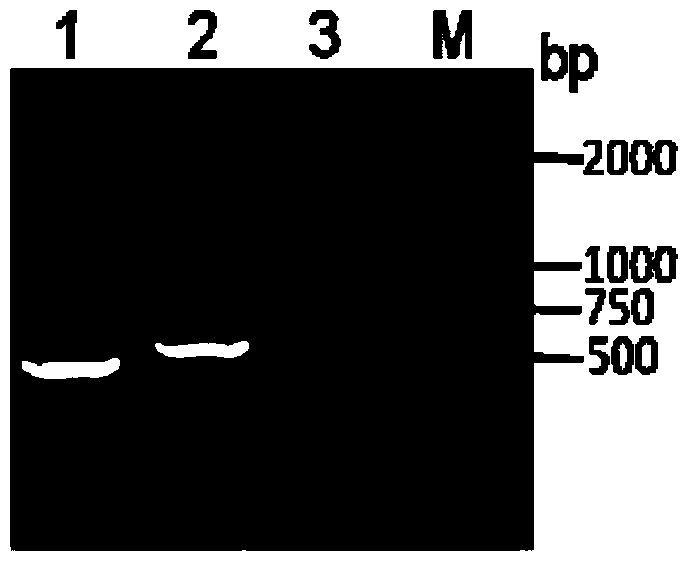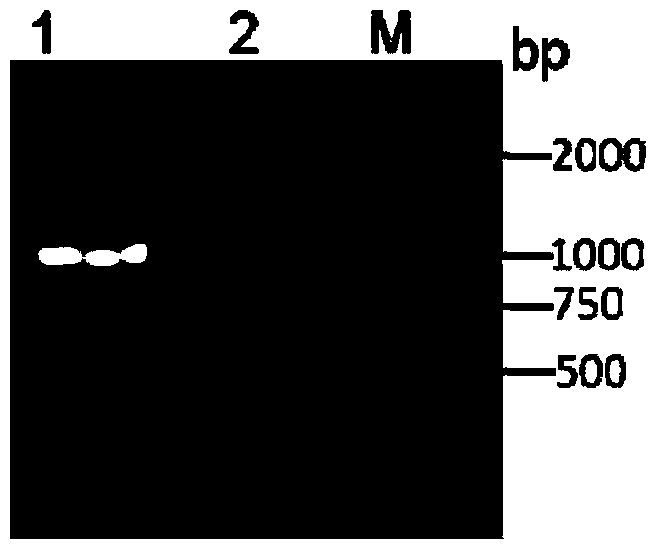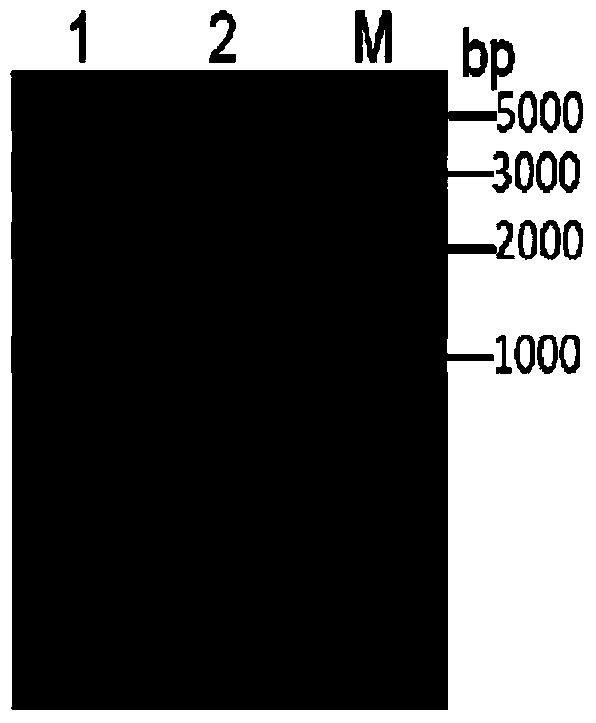Method for producing D-arabitol from Hansenula polymorpha mutant strain and Hansenula polymorpha
A technology of Hansenula polymorpha and arabitol, which is applied in the field of biotransformation production of D-arabitol, can solve the problems of inability to use glucose to produce glycerol, low conversion rate of substrate glucose, insufficient phosphorus mass concentration, etc. Efficient production of D-arabitol, solving the shortage of sources, and the effect of low cost
- Summary
- Abstract
- Description
- Claims
- Application Information
AI Technical Summary
Problems solved by technology
Method used
Image
Examples
Embodiment Construction
[0031] The present invention will be described in detail below in conjunction with the accompanying drawings and embodiments. The examples are used to illustrate the present invention, but not to limit the scope of the present invention.
[0032] One of the objectives of the present invention is to provide a Hansenula polymorpha acid phosphatase gene (PHO1) mutant strain.
[0033] The second object of the present invention is to provide a method for producing D-arabitol by biotransformation using the mutant strain.
[0034] The third object of the present invention is to provide the application of the mutant strain in biotransformation production of D-arabitol.
[0035] Using genetic engineering methods, construct the gene knockout plasmid pMD18-PHO-kanMX, use PCR method to amplify the PHO1 gene knockout fragment, combine conventional electroporation method to transform Hansenula polymorpha, use high phosphorus medium chromogenic screening method and PCR Methods The mutant s...
PUM
 Login to View More
Login to View More Abstract
Description
Claims
Application Information
 Login to View More
Login to View More - R&D Engineer
- R&D Manager
- IP Professional
- Industry Leading Data Capabilities
- Powerful AI technology
- Patent DNA Extraction
Browse by: Latest US Patents, China's latest patents, Technical Efficacy Thesaurus, Application Domain, Technology Topic, Popular Technical Reports.
© 2024 PatSnap. All rights reserved.Legal|Privacy policy|Modern Slavery Act Transparency Statement|Sitemap|About US| Contact US: help@patsnap.com










